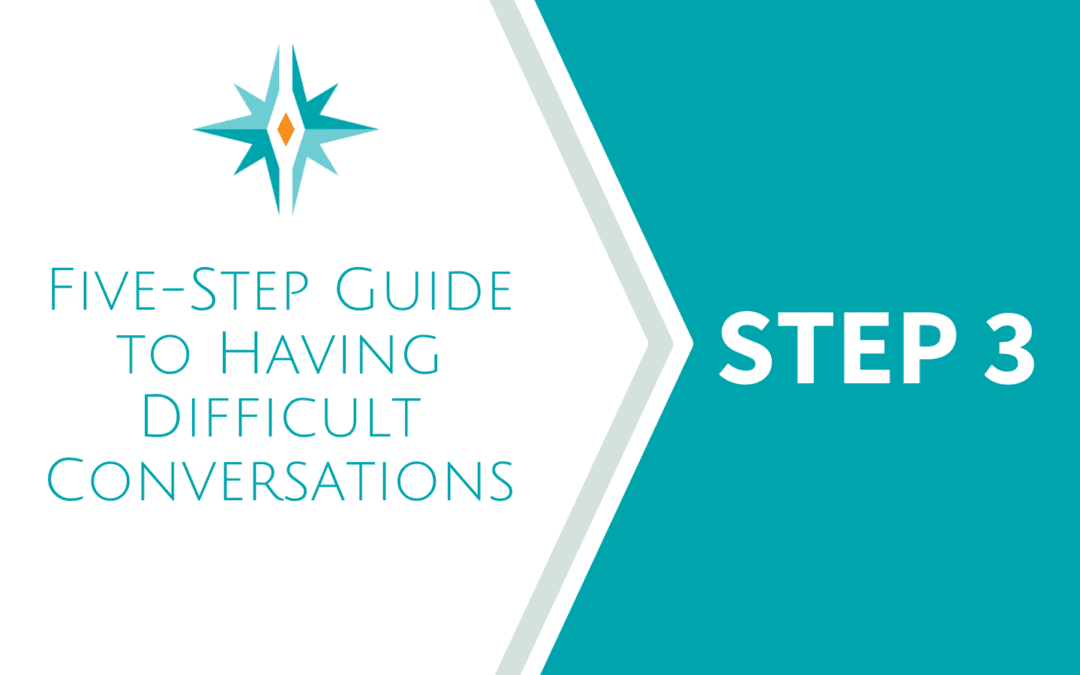Step Three: Do Your Job
Now that you’ve learned the first two steps of (1) unpacking fear, and (2) discerning between fear fact and fear fiction, let’s focus on how you can communicate your thoughts and feelings without predicting the reaction of the other person.
It is not your job to speculate about how your words will be interpreted, only to deliver them in an honest and respectful way. Think about how many times you have been reluctant to share honest criticism with a team member or direct report because you didn’t want them to feel discouraged or confronted. We tend to predict and assume what the reaction will be rather than keeping the focus on how we are delivering the message. How your words land on the other side is not your responsibility.
Focus on the ‘I’ instead of the ‘you’. Notice how many times you typically begin a statement with ‘you’ as in “You think X” or “You act like Y.” Both statements are presumptuous. We can’t possibly know what someone else’s thoughts or intentions are—we can only observe what they actually do and say, and then express how we feel about that. But we tend to draw conclusions about others’ words and behaviors. Conclusions which may be completely false. Keep your comments centered in the ‘I’. It’s not that you’re being self-involved or inconsiderate. On the contrary, you’re making the choice to conduct the discussion in a way that allows both parties to be respected and heard.
Consider the ubiquitous phrase, “You made me feel Z.” This statement is a fallacy. We react to the actions and words of others based on our own life experiences and imprinting. No one else can control or dictate those reactions.
If you want to comment on the actions of another person, start by sharing how those actions affected you instead of presuming what prompted them. Instead of saying:
“You made me look bad when you questioned my approach to the project.”
Shift the language to:
“I felt dismissed and minimized when you questioned my approach to the project.”
This small wording adjustment makes a big difference. Instead of projecting assumptions, you are articulating your own feelings and impressions. A much better play, especially when the conversation has teeth.
Practice: Before broaching a difficult conversation, jot down a list of “I” statements that explain how YOU feel, what YOU think, and any questions you may have. The more you practice, the higher the probability that you’ll stay focused on your own thoughts and feelings in the conversation.
If you’d like to schedule a discovery call to discuss how I can help you or your team, click here.


Recent Comments